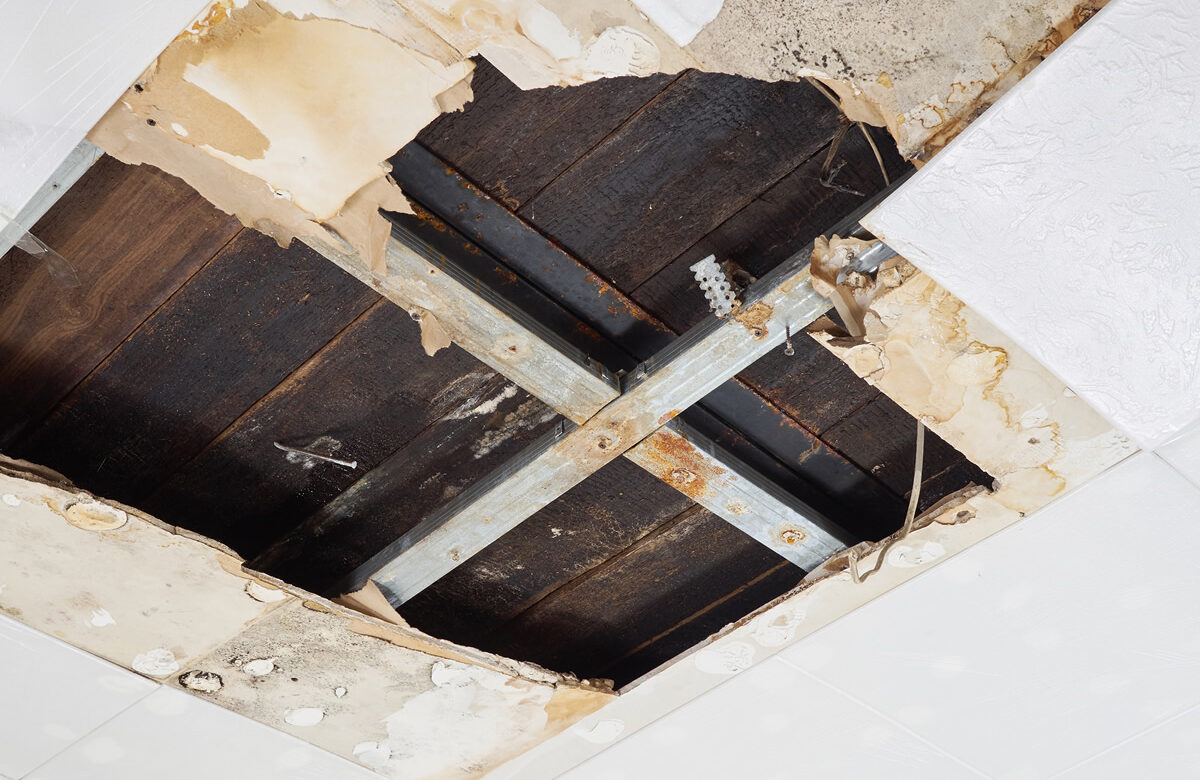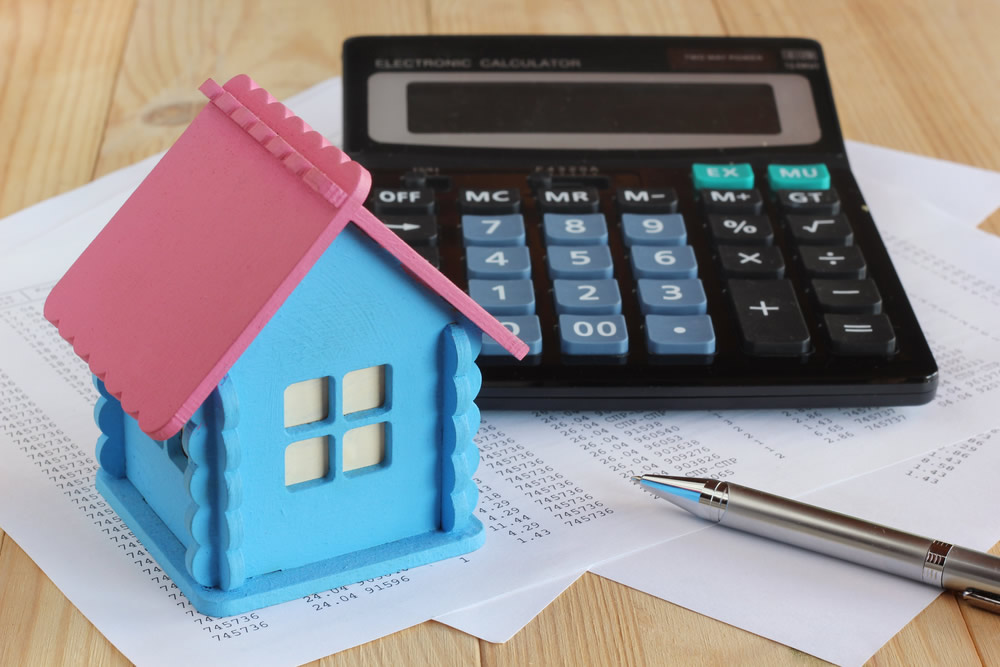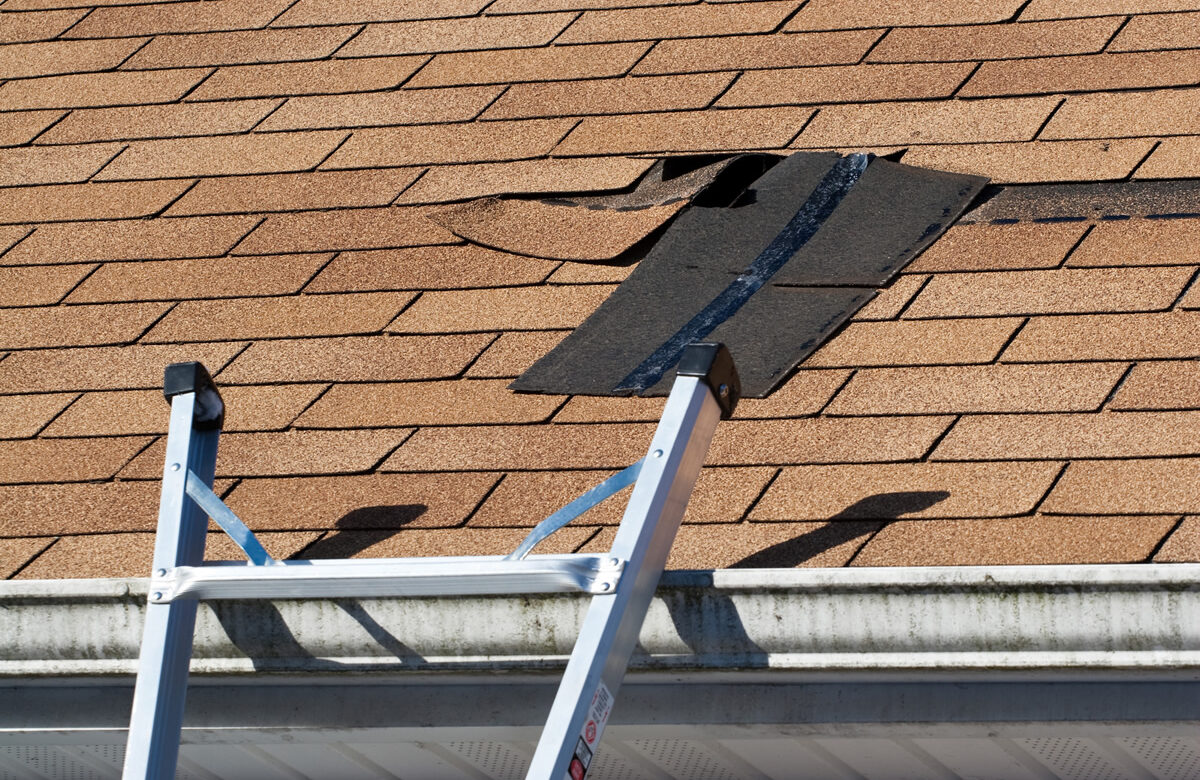A leaky roof causes major problems for a home. While a small leak may not seem like an issue, putting it off could lead to these and other costly repairs. Don’t wait to contact a local roofing contractor if you find signs of a leaky roof. Here are four common risks that you face if you put off repairs.
- Electrical Damage
Moisture in your ceiling and walls can come into contact with your electrical wiring and outlets. Electrical damage can vary dramatically in scope. It may only cause your breaker to trip, or worse, it could cause an electrical fire, damaged appliances or personal injury. A prompt roof repair will minimize the amount of water that enters your home and could come in contact with your wiring.
- Reduced Insulation Efficiency
A roof leak can cause water to pool in your attic and walls, which can soak your insulation. Most homes use fiberglass insulation. This insulation, and many other popular types, clump and compress when exposed to water. Your home will lose a significant amount of energy efficiency if the insulation is soaked with water.
- Mold and Mildew
One common health risk in homes with water damage is mold. Mold and mildew growth can occur on nearly any surface in your home, from structural joists to drywall to insulation. Even a few days of water leakage from your roof can start mold to grow in warm, dark areas of your home. While not all molds are harmful to your health, many can damage the look and efficiency of your walls, ceiling and floors.
-
- Increased Roofing Damage
While you may think a minor leak isn’t worth repairing, small leaks can quickly turn into major headaches. A small amount of water begins to soak the wood of your roof. This creates soft spots that could cause more leaks, ice dams or even a collapsed roof. If your roof has a minor or major leak, don’t wait to contact us at Andrews Roofing for comprehensive, professional repairs. Call 757-296-0553 today for a quote!


